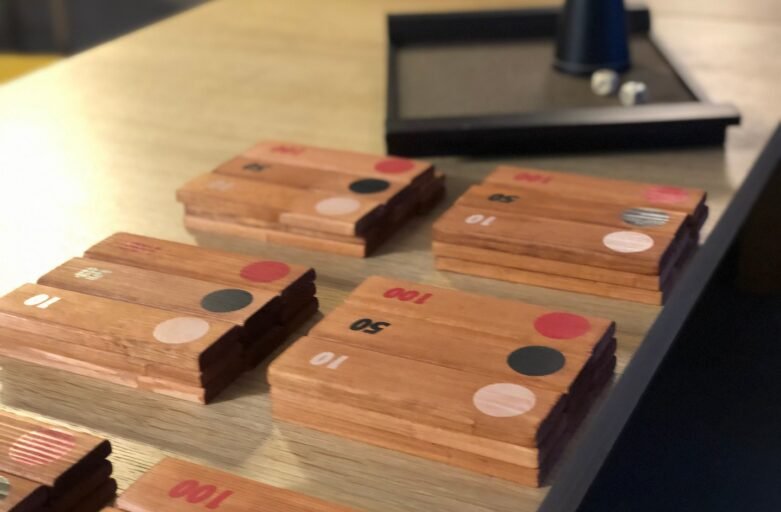Introduction
Chō-han, a classic Japanese dice game, has captivated players for centuries. Its simplicity and thrilling chance make it a sought-after pastime even in modern times. In this article, we delve into the history, rules, and enduring popularity of Chō-han.
The History of Chō-han
Chō-han’s roots trace back to ancient Japan, where bakuto plays it, nomadic gamblers who roamed towns, winning bets from locals. These early gamblers are considered forerunners of organized crime groups like the Yakuza, who still enjoy Chō-han today. The game’s influence extends beyond the gaming table, appearing in popular anime series and Japanese cinema.
How to Play Chō-han
- Setup: A dealer shakes two standard six-sided dice inside a bamboo cup or bowl.
- Bet on Even or Odd: Players place their stakes, predicting whether the total of the dice faces will be even (Cho) or odd (Han).
- Fair Wagering: Most commonly, players bet against each other, ensuring equal stakes on both sides. The dealer often takes a cut of the winnings.
- Alternative House Rules: In some versions, the dealer acts as the House, collecting losing bets.
- Tradition and Integrity: Traditionally, Players play Chō-han on tatami mats, with dealers that have bare-chest to demonstrate their honesty.
Why Chō-han Endures
Chō-han’s enduring appeal lies in its simplicity. Like craps in the USA, its easy-to-understand rules and element of chance draw players in. As a game steeped in history, Chō-han remains embedded in modern Japanese culture.
